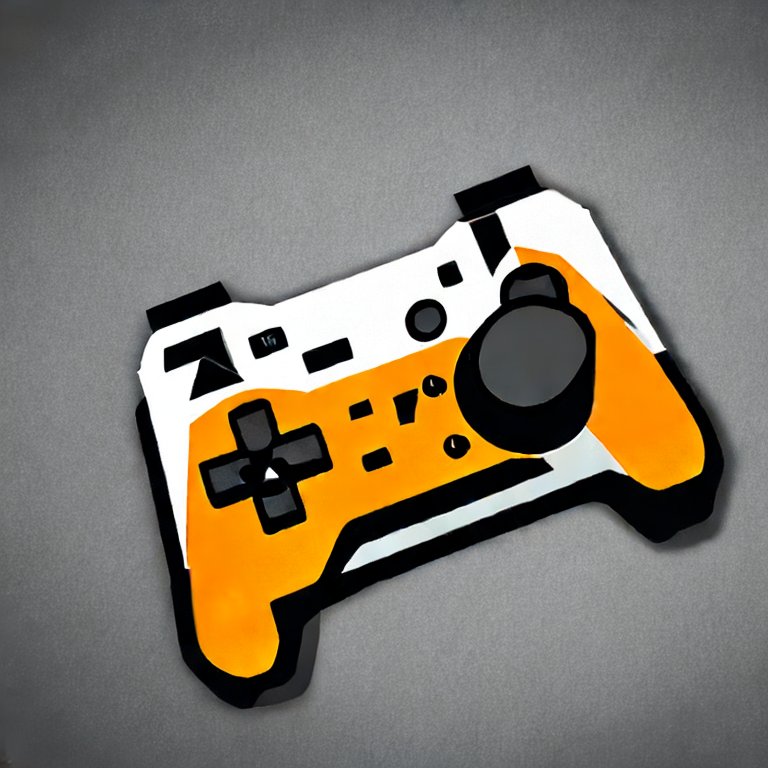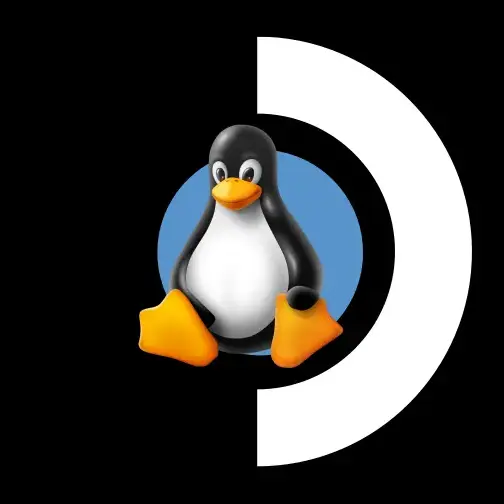

I mean, sure, it might be a dumb argument to make, but it doesn’t mean that wasn’t what he intended it to be about. The author is free to have an intention and interpretation of the work that is radically different from the audience’s perception. It happens with all art forms.




I think it was a one time grant for lutris or something, not Wine. It wasn’t out of their good heart or ethical fibre. It was also a one time thing 5 years ago for so little money that it wouldn’t cover even a single developer for a single year.